Introduction
One of the most common situations in all plants, “Signal Stuck??” That is after implementing your Automation system, you find out that some of your switches and analog transmitters do not operate as expected, suddenly you find your signals are not in a healthy situation, so what is that and why that is happening? And how can we overcome this situation that we are going to talk about?
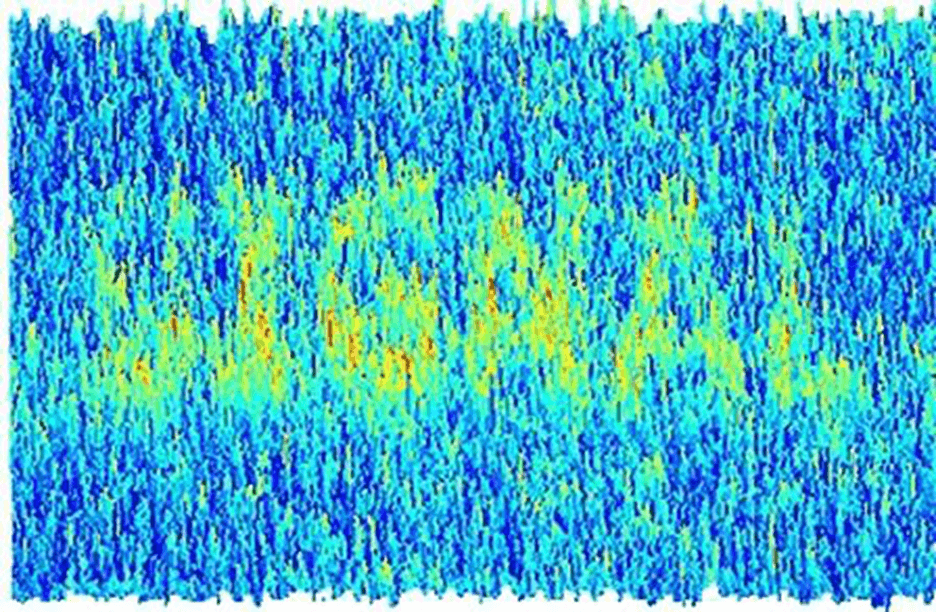
Industrial Noise
One of the major annoying challenges in the Industrial Automation Field is Noise that could be Mechanically or Electrically, before we can understand how the electricity can make the noise that causes a lot of problems in your system, there are some expressions that you should be concerned with.
Magnetic Field
The magnetic field is a vector field in the neighborhood of a magnet, Electric Current, or changing electric field, in which magnetic forces are observable. The intensity of a magnetic field is proportionally related to the amount of current that causes that Field.
Note, DC Current causes a steady magnetic field unlike the AC Current that causes a rotating or pulsating magnetic field.
Magnetic Induction
Electromagnetic or magnetic induction is the production of an electromotive force across an electrical conductor in a changing magnetic field.
So, what I want to say form the previous two points, that when an AC current travel through a distance it produces an Alternating Field when that field is cutting or rotate across other conductor it produces an electric charges (current) that is proportional to the intensity of that field (AC Current).
So in our plant we have Power and control circuits, unfortunately you may found one tray that has the two power and control conductors and that is really a good environment for the noise to occur, when the power conductors (Motors – Lightning …) generates that alternating magnetic field that cut the control wires (analog transmitters – 24V switches ..) it produces reasonable amount of charges that have the ability to annoy and bother the control signal from its state, and that is exactly what the noise is.
Note as the control signals have very light current (4mA ….) any induced charges by the power Field would certainly make a huge impact on the control signal.
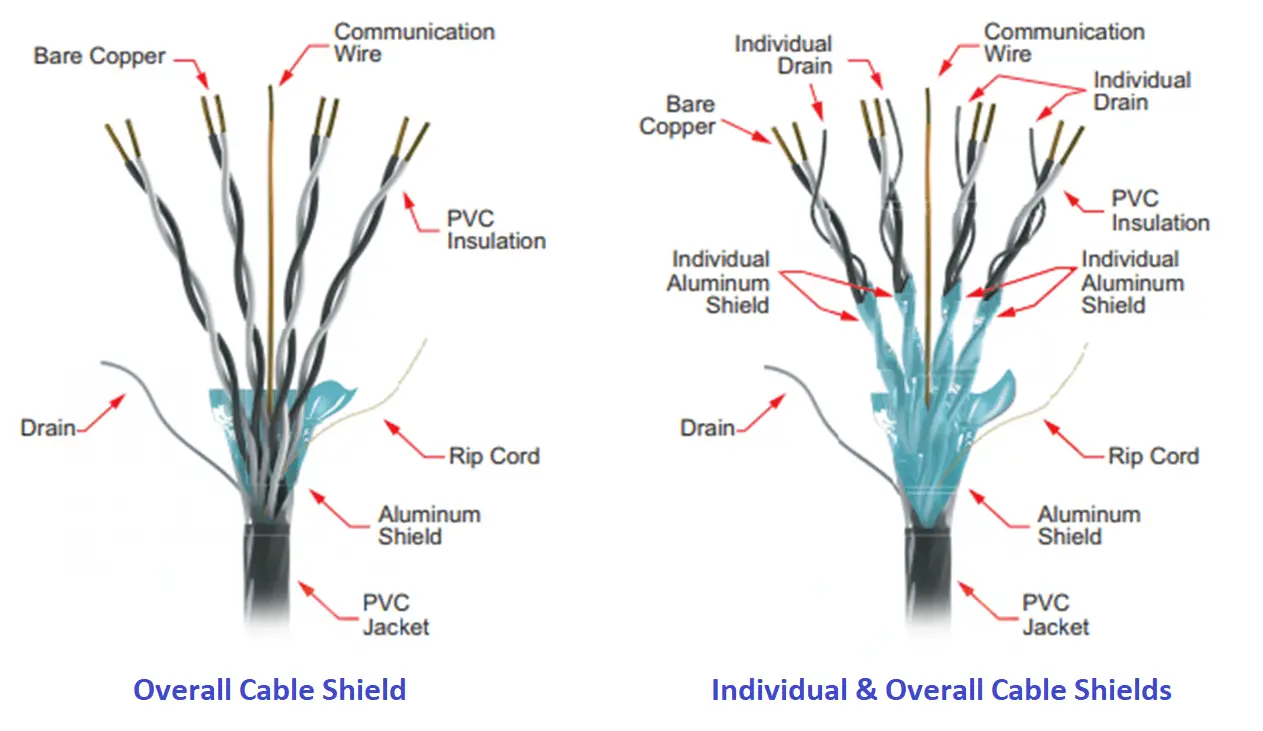
Shielded Cables
A shielded cable or screened cable is an electrical cable of one or more insulated conductors enclosed by a common conductive layer.
The shield may be composed of braided strands of copper (or other metal, such as aluminum), a non-braided spiral winding of copper tape, or a layer of conducting polymer.
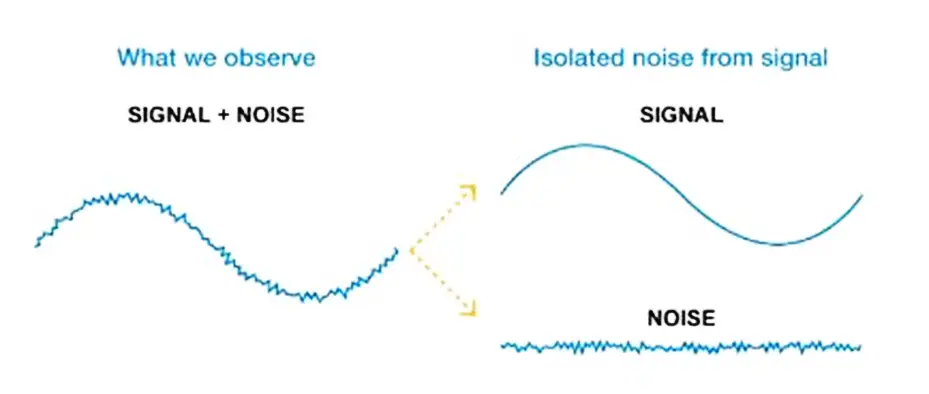
Shielded cables might have a slight cost disadvantage but on the other hand, we really would have a reliable plant that can not be districted by Noise or interfaces with high-power conductors.
How does the shield works?
The enclosure of the insulated wires as we know is made of conductive material, this enclosure will be connected to the earthing of the plant and by its role, the enclosure will absorb any induced charges caused by the interfacing with high voltage conductors, as the enclosure totally surround the wires and it has really no resistance so any induced magnetic charges would be discharged into the earthing of the plant instead of discharging into the control wires that carry our plant signals.
Download the below PDF to read more about the cable shielding.
| Title: | Basics of Shielding |
| Author: | Phoenix Contact |
| Format: | |
| Size: | 2.81 MB |
| Pages: | 24 |
| Download: | Click Here |
If you liked this article, then please subscribe to our YouTube Channel for PLC and SCADA video tutorials.
You can also follow us on Facebook and Twitter to receive daily updates.
Read Next:
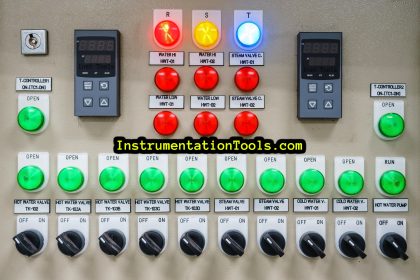
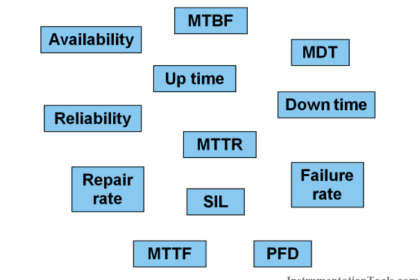
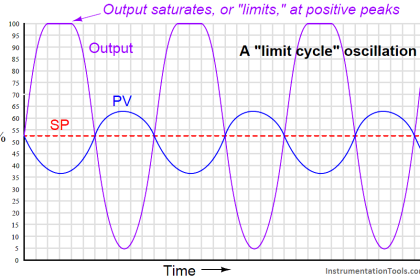

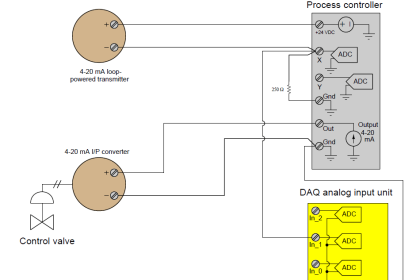

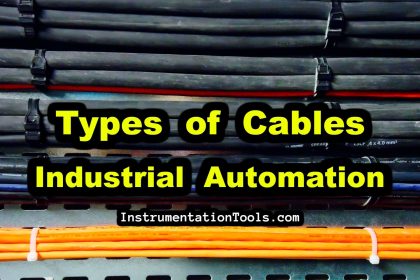
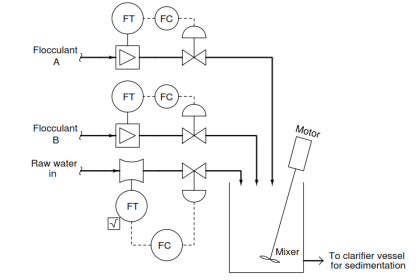
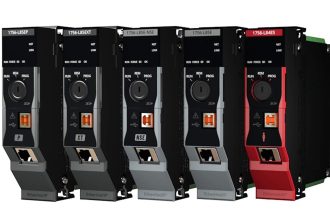
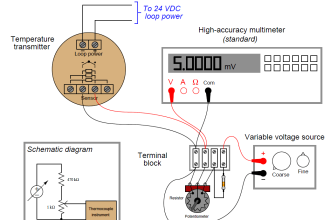

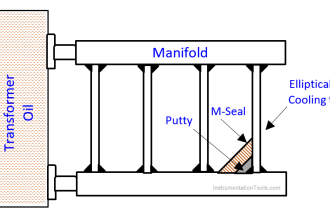


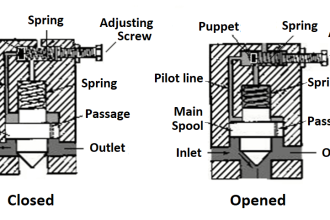


great info